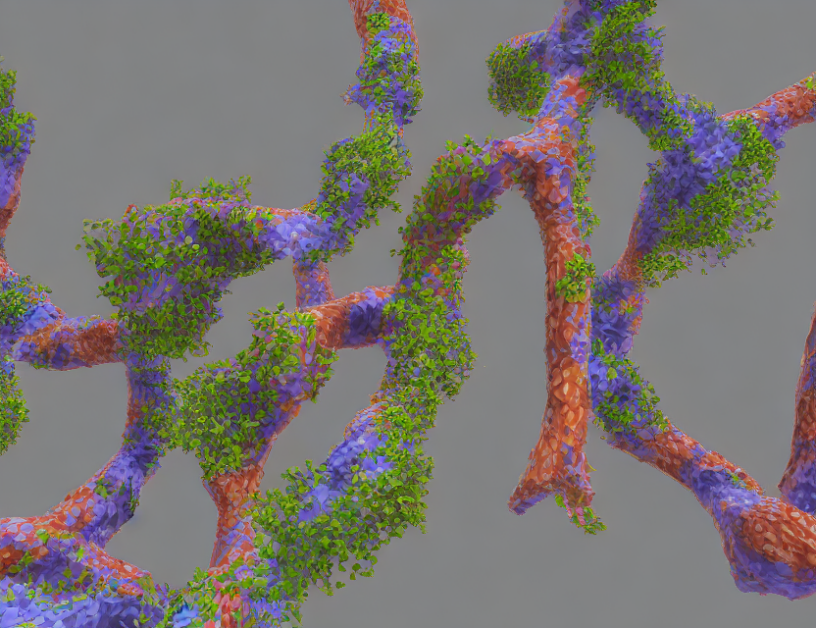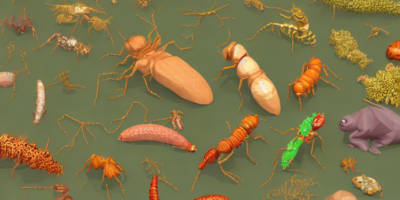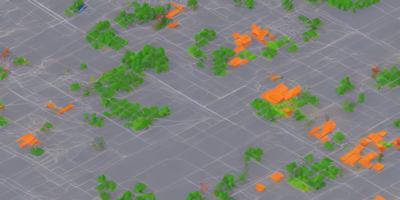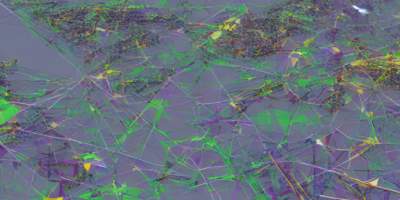In this article, we delve into the fascinating world of deep learning and its application in generating descriptions for pre-miRNA. As we dive into the complexities of this cutting-edge technology, our goal is to demystify the concepts and make them accessible to an average adult. We’ll explore how deep learning algorithms are leveraged to create detailed summaries of pre-miRNA, providing valuable insights into its structure and classification.
Section 1: Contextualizing the Article
The article begins by setting the stage for the topic at hand. The authors explain that since their data is highly structured, they’ve employed encoders and decoders to represent the data in a meaningful way. This is crucial for the deep learning algorithms that follow, as they rely on the structure of the data to generate accurate descriptions.
Section 2: Understanding the Algorithms
To craft a pre-miRNA description, the authors utilize two distinct deep learning models: decision trees and encoder-decoder architectures. These models are built upon the zm latent space, which contains essential information about the RNA’s shape and class. The decision tree algorithm operates within this latent space, making splits based on the learned representation rather than the features themselves.
Section 3: Making Splits
The article delves into the process of creating a split using the decision tree algorithm. Here, the authors train an SVM on the latent space to partition it based on a feature. If the performance of the SVM is above a threshold, and its accuracy is higher than a minimum acceptable level, the split is deemed worthwhile. The algorithm then assesses which split yields the highest information gain based on the class of the RNA.
Section 4: Summarizing the Findings
In summary, the authors have developed an innovative approach to generating descriptions for pre-miRNA using deep learning algorithms. By leveraging the structure of the data and the learned latent space, these models can accurately classify RNA into different categories. The decision tree algorithm operates within this space, making splits based on the learned representation rather than the features themselves. This approach has the potential to revolutionize the field of bioinformatics, providing valuable insights into the complex world of RNA structure and classification.



